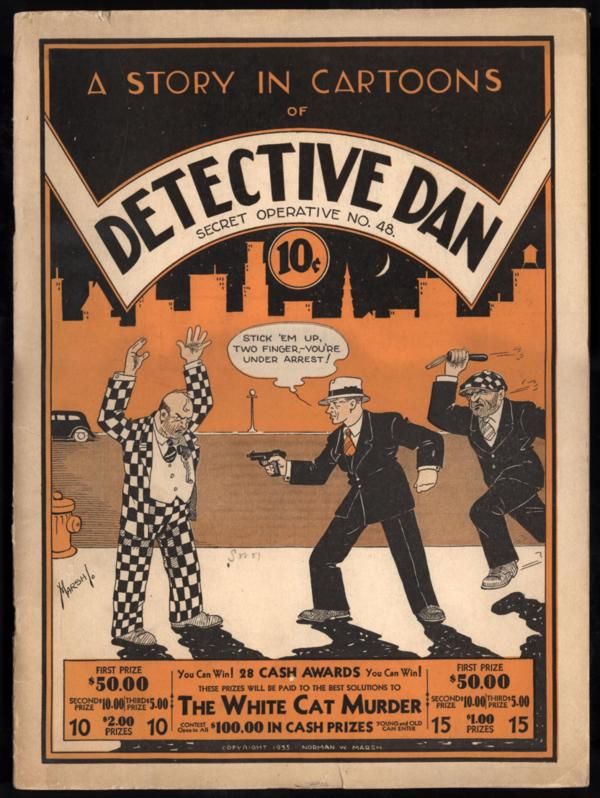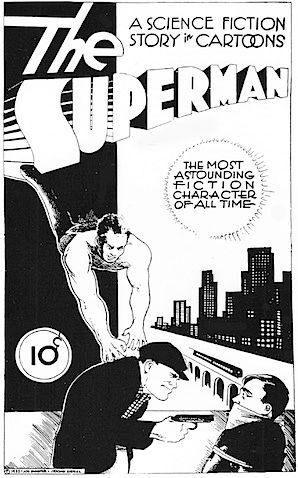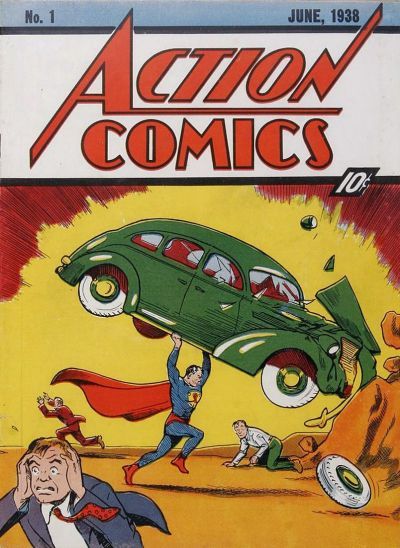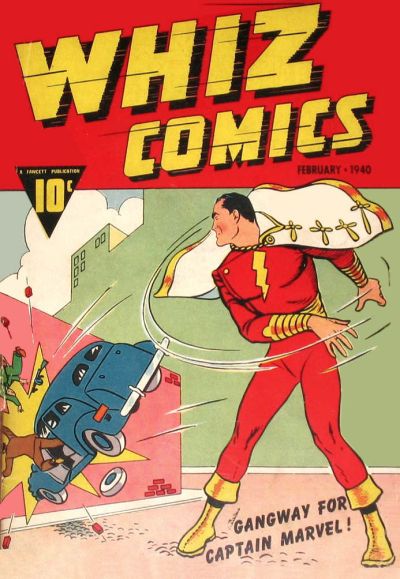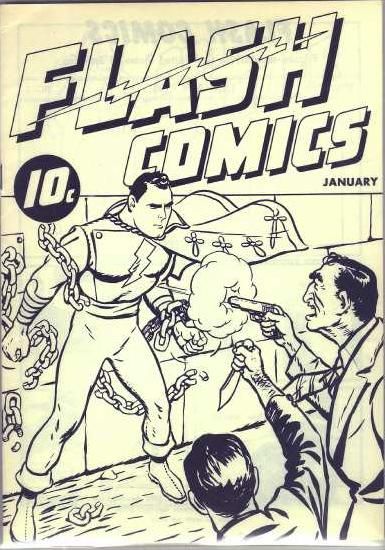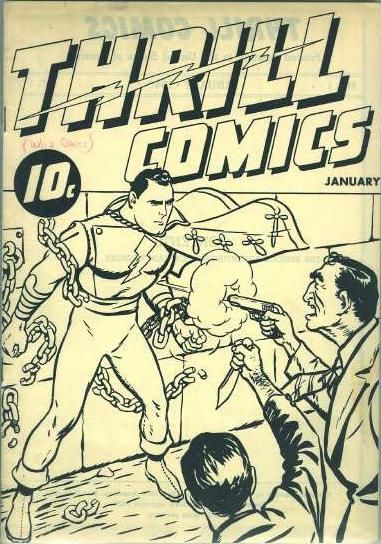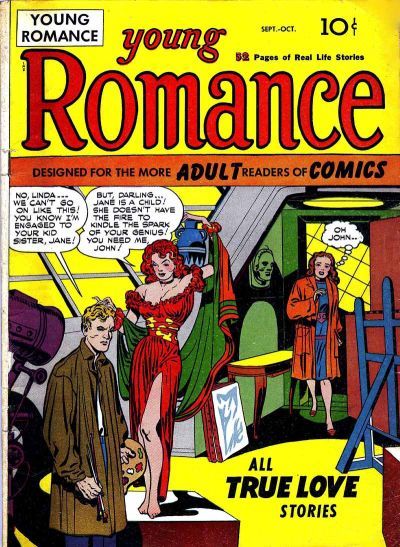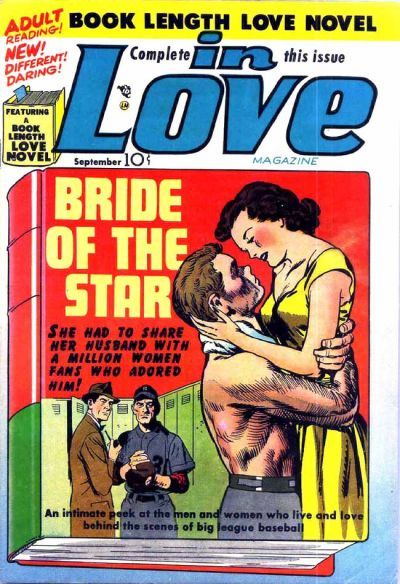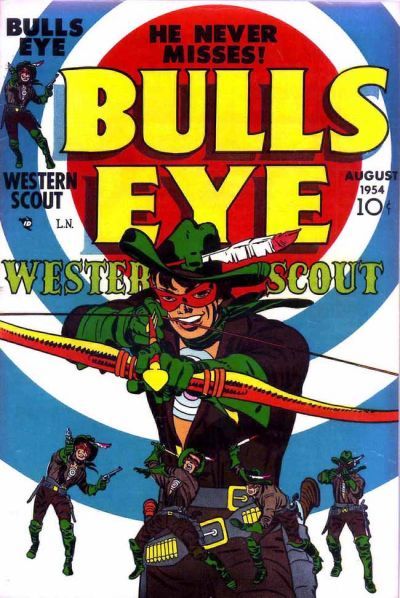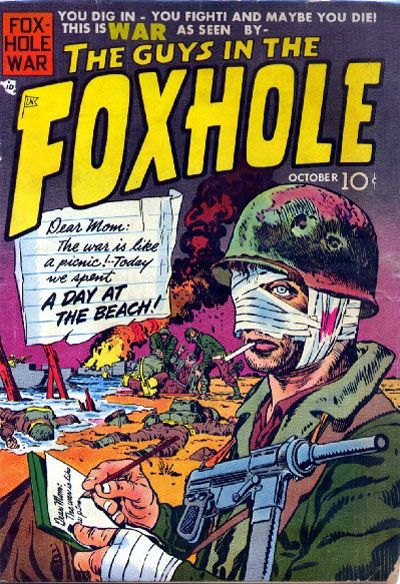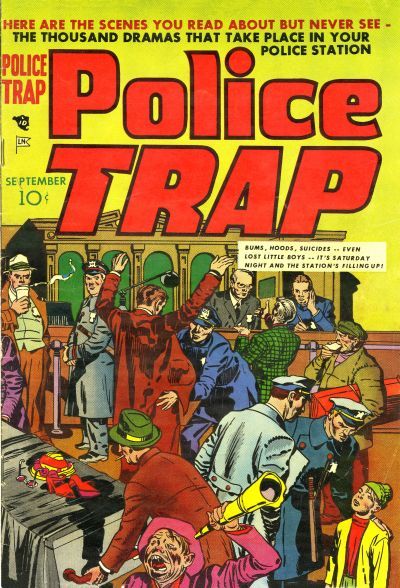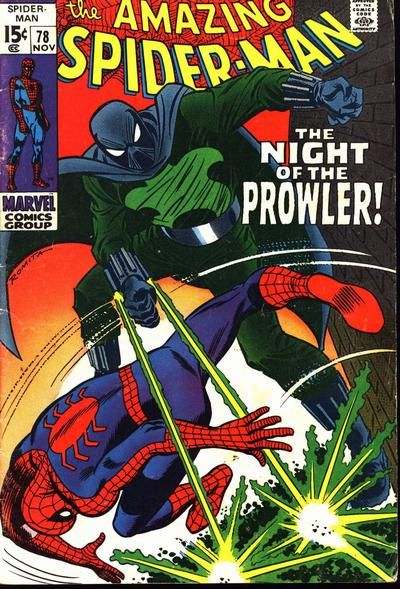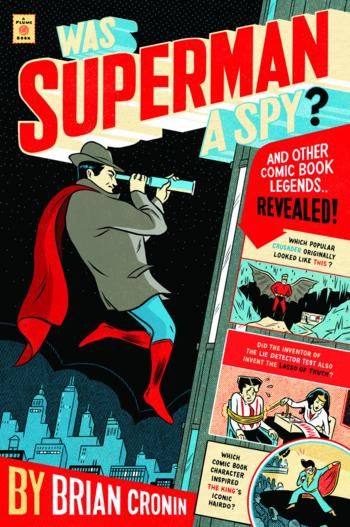This is the two-hundredth in a series of examinations of comic book legends and whether they are true or false. Click here for an archive of the previous one-hundred and ninety-nine.
For our 200th installment of Comic Book Legends Revealed, there are so many legends that we're going to need THREE installments for it! The special theme week is a walk through comic history, with legends from every decade from 1900 to 2009! Part One is up already, Part Two is up now and Part Three will be up Friday night!
Let's begin!
1930s
COMIC LEGEND: Siegel and Shuster produced a full Superman comic book in 1933 in the hopes of being published by a completely different comic book company!
STATUS: Basically True
I really can't believe that I have never featured this one in the column before. I really ought to have already. I even talked about it a little while ago for an upcoming book about comics and failure (you know, rejection letters turning down Peanuts, stuff like that - I was in it to talk about this part of Superman's history).
In any event, as many of you might know by now, the genesis of Superman was a long time coming for young Jerry Siegel and Joe Shuster, who created the character in 1932 and had him debut in a fanzine as a villain before the pair totally re-did the character as a hero (although not nearly close enough to the character we know today - or even close to the character who debuted in Action Comics #1).
In 1933, comic books were mostly just reprints of comic strips. Consolidated Book Publishing decided to try out a new idea, doing original comic books and then hopefully selling the ideas as comic strips once the comic book came out (basically doing the system in reverse).
Their debut comic was Detective Dan: Secret Operative No. 48 (I dunno if they were trying to fool people into thinking it was the 48th issue), under the name "Humor Publications." The idea behind Humor Publications was to do action comics, as the funny animal comics were being done by too many other companies. Detective Dan was a knock-off of Dick Tracy.
I do not know for sure if Siegel and Shuster actually had anything more than a general "we'd be interested in doing the comic" response from Consolidated, but whatever communications that they had with Consolidated Book Publishing made them pretty certain that they were going to be one of the first few issues of Humor Publications' series of action/science fiction-oriented comics (that hopefully would then be sold as comic strips once they proved popular). They were so certain that they produced a full comic book in the format of Detective Dan
As you can see, the character is a lot closer to the original "mad muscle man" villain that Superman was first created as than as the bright, colorful superhero we would see in a few years.
In any event, things were all set but then, well, Detective Dan's first issue was also the LAST issue of Detective Dan.
Shuster was so distraught by this blow to their fortunes that he threw the entire issue into the fire. Siegel, thankfully, rescued the cover, which is why we have access to it still today.
Detective Dan actually DID get picked up as a comic strip later that year.
Siegel and Shuster eventually re-tooled their Superman character strictly as a comic strip and after a number of years trying to sell it as a strip it eventually made its way into comic books later in the decade.
I dunno what happened to it after that.
1940s
COMIC LEGEND: The color scheme for Captain Marvel's costume was a mystery to Fawcett when it debuted.
STATUS: True
It's really amazing how much has changed in how comic books are made from the Golden Age to now. Heck, I was just reading a post that Todd Klein made a year or so ago, and it is amazing how different coloring has become in comics from 1980 to now!
One of the biggest changes from the 80s to today (besides the increase in the quality of the color mixes on top of the MUCH better paper quality) has been the move from engraved color art to scanned color art.
With engraved color art (note that my term "engraved" is not the actual term that people use when producing comics, I'm just calling it that to simplify the description of the process), the colorist is not actually coloring the comic that is ultimately printed, he/she is more or less just setting up a color GUIDE for the engraver at the printer, who match up the colors with how the comic should be printed, and then the engraver cuts various screens to match each color.
With scanned art, you create a transparency based on the actual colored artwork (this allows some of the so-called "digital inking" to work - like some of the work of folks like Dave Stewart and Jason Keith).
In any event, this is how it was done for many years - colorist colors the page and creates a guide.
Back in the Golden Age, though, they basically left it in the hands of the engravers. Don't get me wrong, people often WOULD create style sheets for the major character's costumes and give them to the engravers (National Comics did that with Superman) if they wanted a specific color scheme, but in the case of Fawcett Comics, besides noting that they wanted the lightning bolt in the middle of Captain Marvel's chest to be yellow, it was all at the engraver's discretion, so Fawcett honestly did not know what Captain Marvel's costume would look like, color-wise, until Whiz Comics #2 was printed.
Then again, with all the problems Captain Marvel went through getting to market, I guess you can't blame Fawcett for not particularly worrying about the COLORS of the book.
Whiz Comics #2 is the first appearance of Captain Marvel because Whiz Comics #1 does not exist. Instead, Fawcett debuted their hero, Captain THUNDER in two black and white ashcan comics designed more for advertisement/publicity than for actual publication.
The #1 issue was first called Flash Comics...
Then it was called Thrill Comics...
Finally, Fawcett learned that both title names had been taken, but not only that, but that there was also another Captain Thunder!
So Whiz Comics (taken almost surely from Fawcett Comics' burlesque magazine, Captain Billy's Whiz-Bang) debuted at #2, with a newly named Captain Marvel.
And a newly colored red suit.
Thanks to Walt Grogan, who I discussed this bit with years ago, but I never got around to running it until now. Be sure to check out his awesome Marvel Family website here!
1950s
COMIC LEGEND: In an attempt to save money, Joe Simon and Jack Kirby re-used some earlier romance comics that they had made.
STATUS: True
Despite creating some of the greatest comic book characters in superhero comic history, Jack Kirby did not always seem to have the best timing. Don't get me wrong, when all is said and done, even if you had taken away his Marvel work in the 1960s, the guy would have made a living. He was just too fast and too talented not to.
However, he and his creative partner Joe Simon sure had a lot of raw deals over the years (mixed in with some occasional boom periods).
First, they create Captain America, which was great. But then they got screwed by royalties (they did not get the percentages promised them).
Then, in one of their major boom periods, they were hired away by DC and did quite well...and then World War II started and they basically had to start from scratch.
After the War, they basically created the first romance comic book, Young Romance, which was coupled with its spin-off, Young Love and sold about a bazillion copies in the early 50s (roughly - that might be off by a zillion or two).
Crestwood Publications made Young Romance and Young Love, and they paid Kirby and Simon pretty well, but the pair were irked that they were producing comics that were making others TONS of cash and most likely were underrepresenting how much money Simon and Kirby were owed.
So the pair decided the best way to protect their own interests was to create their own comic book company, Mainline Publications, where they would run the gamut of genre comics in the early 50s (besides superhero comics)...
Romance
Western
War
Crime
Of course, they started their new comic company right during the height of the "Seduction of the Innocent" witch hunt against comics, when comic companies were dropping like flies.
Simon and Kirby were supporting themselves on their income from Crestwood (now Prize Comics), which included a percentage of the profits. Of course, they figured/knew that Crestwood was likely also screwing them on the percentages, so they felt little remorse when they re-purposed an old romance comics they did for Crestwood as an issue of In Love to save on costs (other issues of In Love had other unusual material for the same reason, like a rejected comic strip proposal repackaged as a comic book story).
The problem was that Crestwood figured out what was going on and they announced that they would cease paying Simon and Kirby any money they owed them.
Kirby and Simon countered by having an audit of Crestwood, proving that the company apparently owed Kirby and Simon roughly $130,000 in unpaid royalties. Stating that such a payment would bankrupt them, they and the pair agreed on a $10,000 settlement.
However, by this time, Crestwood/Prize was basically in the gutters themselves, and due to the collapse of their distributor, Leader News, Mainline was finished. Kirby and Simon had put most of their savings into the business and now had basically lost it all. Kirby and Simon sold their remaining issues to Charlton Comics for pennies on the dollar, and the pair went their separate ways, Simon to advertising and Kirby to National Comics for a few years before ending up at Marvel Comics.
Thanks to Harry Mendryk and his amazing Simon/Kirby website (which you can find here).
1960s
COMIC LEGEND: A very young John Romita, Jr. created the Prowler.
STATUS: False enough for me to say False.
I will admit that even I fell for this one a number of years ago!
For years, John Romita Jr. has been associated with Prowler's creation, and he is, indeed, involved.
However, what happened was the following...John Romita, being a good father and fostering the creative spirit in his son, showed Stan Lee the character that the younger John had created.
The younger Romita came up with the idea of a new hero called the Prowler. The elder Romita brought the character to Stan Lee, who thought that the hero looked like basically a pretty run-of-the-mill character. However, he DID like the name.
So the elder Romita designed a new costume and Lee came up with a brand-new (completely unrelated, as I don't believe John Junior even HAD a back story) back story, and in 1969, the Prowler was born!
Here's John on the topic, courtesy of the excellent Modern Masters collection by George Khoury and Eric Nolen-Weathington. Buy it here!
I just had the standard skin-tight costume. I was twelve or 13, whatever it was. It was a dopey costume, but, as a good father, he took it to Stan Lee and said, "Look at what my son's been doing!" Stan said, "That's a good name. I don't like the costume, but that's a good name." And it became what it became.
John, as the good guy he is, of course downplays his involvement, and yes, when asked (as I have) whether it is true that John Romita Jr. created the Prowler when he was a kid, I think the answer is no, but damn, that is still an awesome achievement for a 12-13 year old, to see a character you named end up in an issue of Amazing Spider-Man.
Thanks to George Khoury, Eric Nolen-Weathington and John Romita Jr. for the info!
Okay, that's it for part two! Part three will be up tonight!
While you wait, feel free (heck, I implore you!) to write in with your suggestions for future installments! My e-mail address is cronb01@aol.com.
And as you know by now, Plume Books (a division of Penguin Books) is publishing a collection of my Comic Book Legends Revealed columns (half expanded "best of"/half new stuff) and it is due out on April 28th.
Here is the cover by artist Mickey Duzyj. I think he did a very nice job (click to enlarge)...
If you'd like to pre-order it, you can use the following code if you'd like to send me a bit of a referral fee...
Was Superman a Spy?: And Other Comic Book Legends Revealed
See you tonight!


